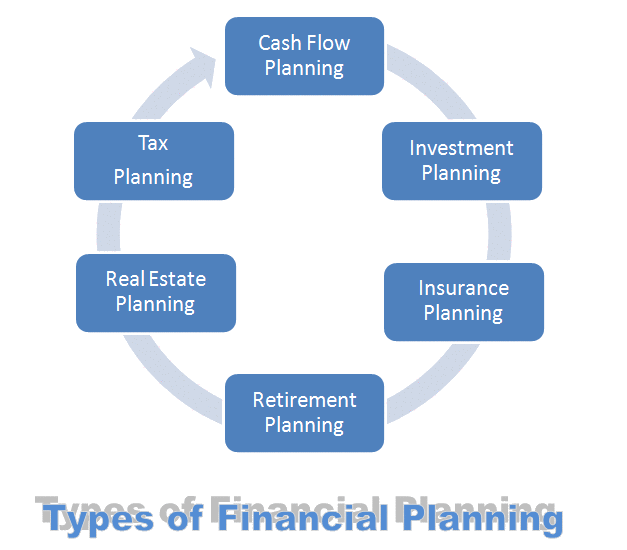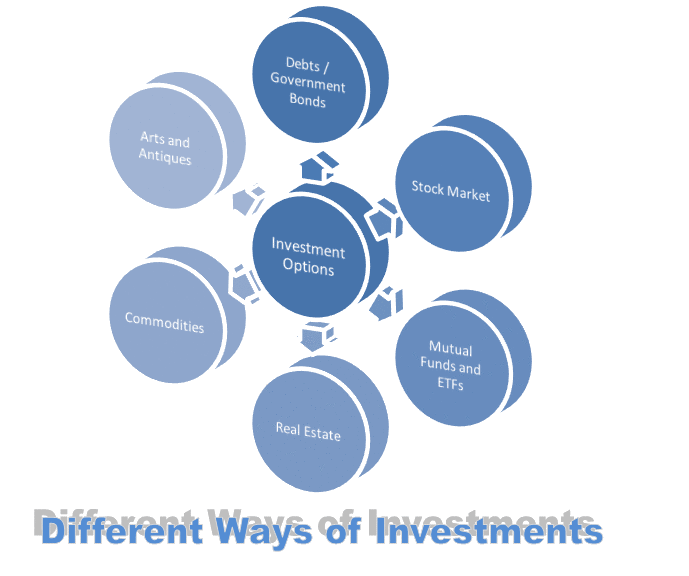We’ll examine the procedures and formulas for computing both compound and simple interest in this tutorial. You can manage your assets and liabilities effectively and make wise financial decisions if you comprehend these fundamental concepts. To help you become more financially literate and capable of making better decisions, let’s examine the maths and mathematics underlying simple and compound interest.
It’s critical to comprehend simple and compound interest in a range of financial contexts, such as loans, investments, and personal money management. Although they both compute the growth of an initial sum of money over time, compound interest and simple interest operate differently and yield different results.
Compound Interest Definition
Most important topic always discussed in the financial world is ‘power of compounding’. When we are selecting investment on returns based on a year, A small fraction of change will impact a huge change when calculation for a longer period of time. Periodically reinvesting interest with your capital investment amplifies the power of computing compound interest.
Compound Interest Formula
Future Value = [Principal Amount * (1+ Interest Rate)] ^ Power(Number of Years)
Example of Compound Interest
Let us take an example to understand the compound interest calculations:
Mr. Jhon plans to invest Rs.3,00,000 (around $4,600) in stocks with 10% returns per annum for next 20 years. What would be the future value of the investment after 10 years.
Let us evaluate:
FV = [P * (1+R)] ^ Power(N)
Future Value = [3,00,000 * (1 + 10 / 100)] ^ Power(20) = [3,00,000 * (1.1)] ^ Power(20). FV = Rs.20,18,250/-
Result: Mr. Jhon is intend to earn Rs.20,18,250/- (around $31,050) at 10% rate of interest for 20 years with compounding interest.
Simple Interest Definition
Simple returns or simple interest means returns earned on your capital investment year on year without reinvesting the interest income earned for the period. The primary purpose of this calculation is to assess the short-term financial returns on the investment. Additionally, it helps in enhancing decision-making regarding investment strategies.
Simple Interest Formula
Simple Interest = [(FV / P) – 1] Where, P = Principal / capital amount of investment and FV = Future value or the amount expected to be received in short term.
Example of Simple Interest
Let us take an example to understand the simple interest calculations:
Mr. Jhon speaks to the bank representative for schemes to invest in fixed deposit account. Mr. Jhon decides to invest Rs.1,30,000/- (around $2000) for a year when he is expecting to earn Rs.1,43,000/- (around $2200). Let us calculate what is the percentage return plan offered by bank representative.
Let us evaluate:
Simple interest percentage = [(FV / P) – 1] * 100
= [(1,43,000 / 1,30,000) – 1)] * 100 = [1.10 – 1] * 100 = 0.10 * 100 = 10%
Result: Mr. Jhon is intend to earn 10% of returns for his fixed deposit investment for a period of one year at simple interest calculation.
Difference Between Simple Interest and Compound Interest
You can easily calculate the interest earned on a principal amount over a given time period using simple interest. This method proves especially beneficial for investments or short-term loans since interest is solely computed on the principal amount.
Conversely, compound interest offers the potent idea of earning interest on both the initial capital and the interest accrued over time. Over time, this compounding impact can significantly raise the cost of borrowing or the growth of an investment.
Suppose we take the same above example than we see than Mr.Jhon thru compounding interest earned Rs.20,18,250/- (around $31,050) at 10% for 20 years after investing Rs.3,00,000/- with same scenario when we calculate the same using simple interest we notice that Mr.John earns Rs.9,00,000/- (around $13,846) which is even less than half of the compound interest earnings. This is where the major difference between simple and compound interest when evaluated.
Conclusion
The only factors used in simple interest computations are the initial principle, interest rate, and loan or investment term. Compound interest, on the other hand, combines the idea of earning interest on both the original principal and the interest that has accrued over previous periods, leading to an exponential growth over time.
This brings us to understand the mortal power of multiplication. Compounding returns turns to be the best planning measures for long term investment returns. This is the key element one should hold some of the investment for your long term goals when selecting investment options or investment plans. This can be proven as one of your best investment strategy.
Read E-Learning Tutorial Courses - 100% Free for All
Basics of Investing for Beginners
- Chapter 1: What is Investment and its objectives?
- Chapter 2: Why is Investment important for Economic growth?
- Chapter 3: Ways to Invest your Money and Make Profit
- Chapter 4: Best Investment Opportunities for your Retirement Income
- Chapter 5: What are the Legal Matters you should know before Investing?
- Chapter 6: Different Types of Investment Risks Involved in Investing
- Chapter 7: When and How to Invest in Stocks?
- Chapter 8: How Positive Attitude can improve your Investing mindset?
- Chapter 9: Should you Borrow Money to Invest in Stock Markets or Funds
- Chapter 10: 5 Rules of Thumb - To be consider before making Investments
- Chapter 11: How to Calculate Stock Market Returns and Break Even Point?
- Currently Reading: How to Calculate Compound Interest and Simple Interest?
- Chapter 13: Rule of 72, 114 and 144 of Compounding Interest formula
- Chapter 14: What is the Difference between Trading, Investment and Speculation?
- Chapter 15: How to become a Smart Investor or a Successful Investor
- Chapter 16: Tutorial Quiz – Basics of Investing for Beginners Module







